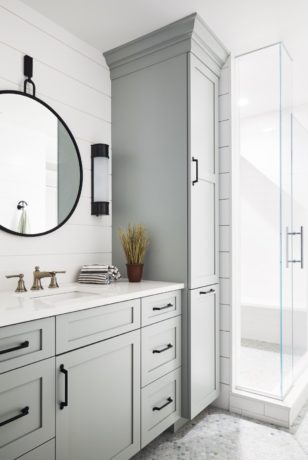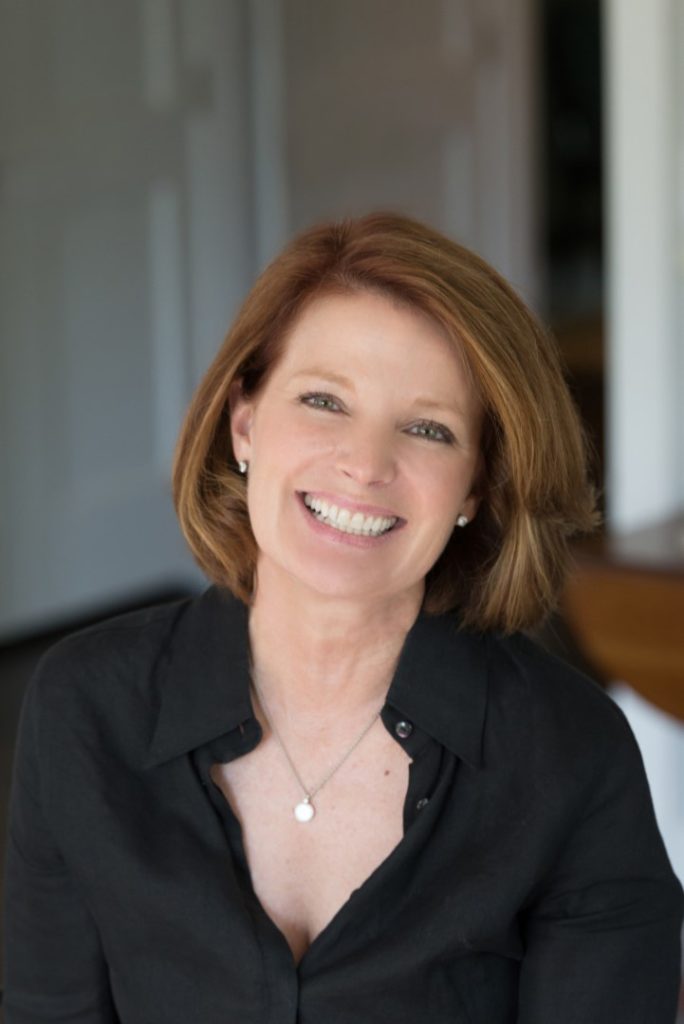Here are tips for working with a kitchen cabinet designer. This professional can be the most valuable added team player in a renovation. The right person will identify challenges, offer creative solutions, and guide you through the multitude of decisions. Ready to get started and make the most of your new partnership?
Pick Your Partner
Picking the right kitchen cabinet designer to bring your vision to reality is the first critical step in the design process. So if a specific kitchen project has caught your attention in a magazine, or you love a friend’s new kitchen, you might be inspired to take the first step. Or perhaps you find yourself grabbing online images from a particular designer’s social media page. Once you’ve narrowed down your choices your homework begins: calling the designer’s office should be met with interest and enthusiasm. An openness to share basic facts over the phone can make a big difference. Types of cabinetry, general price points, timeliness of drawings, and estimated lead time for the cabinetry order, are all valid questions. These are easy opening questions to establish if you’re in the right ballpark for your project.
 Face to Face
Face to Face
A face-to-face consultation is your next step. This is the best way to determine if a working relationship is going to be a good fit. You’re about to embark on a big project and it has to be a comfortable partnership from the start. Meeting in the kitchen designer’s office or showroom gives an accurate glimpse into their business model and work style. How does this meeting flow– from being greeted at the door, to conducting an informative presentation worthy of your time. Do you feel heard and understood when discussing your vision? Do you like their examples of other projects that should include a range of styles and creative ideas? The most important question: can you have an honest and open partnership with this professional to achieve the best possible outcome? If any of the above is “no”—keep looking.
Make Your Vision Clear
Communicating your overall vision for the project, as well as any must-have wish-list items, is always a fun topic. Since you might not know the correct terminology to describe your desired features, a picture is worth 1000 words! Online resources, like Pinterest and Houzz, make it easy to compile room images that have caught your eye. Another great online resource, Hausera lets you explore specific sinks, faucets, and other finishes. Noting your likes (and dislikes) about each of the photos is an excellent way to convey your aesthetic preferences. The designer should be able to easily assess common threads, as well as disparate details. Tips from the JWH Team: Kitchen Storage
Don’t Hide from the Bottom Line
Discussing your investment expectations (aka budget) is not the easiest conversation to start. If you have done initial appliance shopping, this is the best time to reveal the brands that appeal to you. Top brands like Sub Zero and Wolf signify the need for a healthy appliance budget. The remaining budget for cabinets, countertops, other finishes, and construction will add up quickly. It is important to align everyone’s expectations from the start. If there is a drop-dead project limit, share this fact. If there is flexibility within your budget range, share this important point too. There are creative design options at every price range and you want to start exploring the best options right from the start. Your kitchen designer is key to helping make these critical decisions based on your priorities.
Listen to the Expert
You’ve made the leap of faith and selected the designer to help bring your renovation dreams to reality. The next step is to see your transformed spaces conveyed clearly on layouts, elevations, or ideally 3-D perspective views. Some of the images may look just like you envisioned, while other design options may look like they came out of left field. Keep an open mind. Explore all the options on paper and therefore keep later changes (or regrets) to a minimum. Are these unique layout options accompanied by a clear vision and explanation of good logic? Ask all the questions you need. Your original idea may have needed modification based on structural limitations or maybe it didn’t make sense functionally. Or even better–perhaps your designer came up with a creative, out-of-the-box solution based on years of practical experience!
No Need to Rush
Take the time to make sure you’ve considered all your layout options. You will have many options to consider before your cabinets are “signed off.” Options 1, 2, and 3 may have turned into Options 4 and 5. But as long as there is forward progress (and not going in circles), this interactive problem-solving process should be worth it. The functional and aesthetic cabinetry details follow naturally once the interior architectural details, cabinetry, and appliance layouts are set. The kitchen cabinet designer wants your flow and function to be the best possible, and working with custom cabinetry allows the best utilization of space.
Be Open to Compromise
Wish as we might, some design ideas are simply not achievable. The 2-tier cabinetry details you adored in a Houzz photo may not work with your 8’ ceilings. Hopefully, you will have discussed these challenges and alternate design directions early in the process. The designer’s creative interpretation should make YOUR space the best it can be. Working within the limitations of budget, timing, and/or physical obstructions can require compromise. But compromise doesn’t mean “settle.” Tips from the Team: Layout Options
Be Patient… It will be Worth It
Although the less-than-reality shows show miraculous kitchen transformations within days, real construction is a long process. Custom cabinets have lead times of 8-12 weeks, plus another week to install. You may be anxious about the delivery of your cabinets since this generally signals the approaching completion of a project. But your custom cabinets should be one of the last items to arrive. Beautifully finished cabinetry should be installed toward the end of the project. Ideally, most of the major construction work is completed. You definitely want to avoid trades walking through your kitchen space with tool belts and ladders, Your kitchen cabinet designer knows the value of delaying delivery to protect your cabinets, but your contractor might need a little persuasion.
The End Result of your New Kitchen is Even Better than Expected?
Congratulations– you made the right choice of kitchen designer!
Thanks for visiting our JWH blog. I hope you learned something new today. Please contact us to discuss your project. We would love to help you achieve your dream kitchen.
— Jennifer Howard, owner & chief designer, JWH Design & Cabinetry

